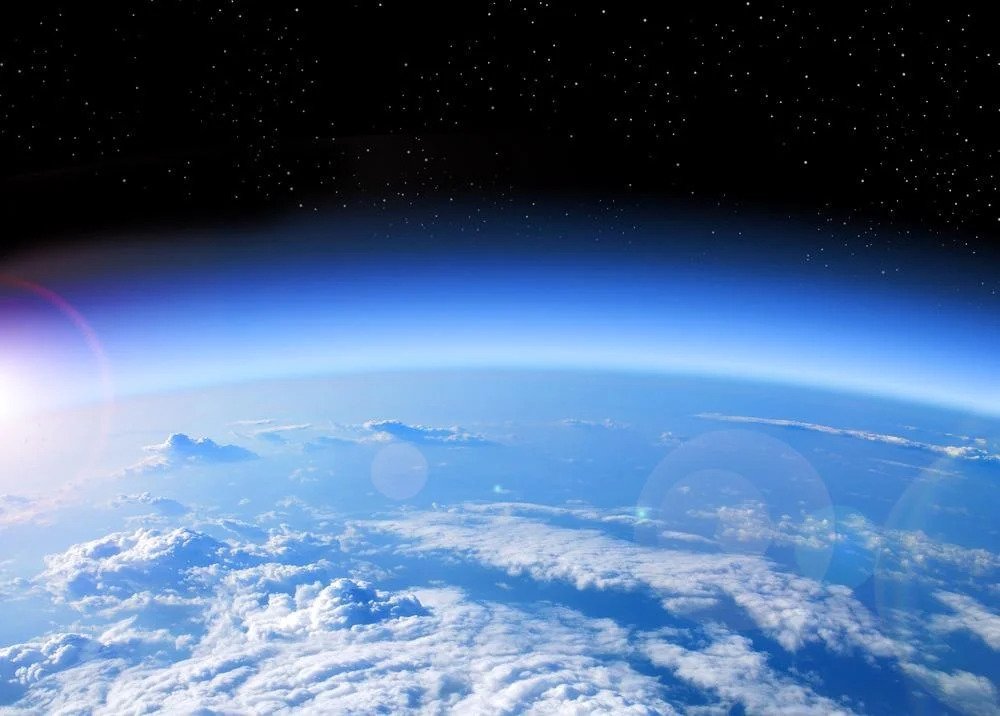The ozone layer is a crucial component of the Earth’s atmosphere that protects life on the planet from harmful ultraviolet radiation. However, human activities, particularly the release of chlorofluorocarbons (CFCs) and other ozone-depleting substances, have significantly damaged the ozone layer. The depletion of the ozone layer has serious consequences for human health and the environment, making ozone layer recovery an important issue that must be addressed.
One of the primary reasons for the importance of ozone layer recovery is the protection of human health. Ultraviolet radiation from the sun can cause skin cancer, cataracts, and other health problems in humans. The ozone layer acts as a shield, absorbing much of the harmful UV radiation before it reaches the Earth’s surface. As the ozone layer is depleted, more UV radiation reaches the surface, increasing the risk of health problems for people.
Another important reason for ozone layer recovery is the protection of the environment. The depletion of the ozone layer can harm plants and animals, including phytoplankton, which form the base of the oceanic food web. It can also lead to changes in weather patterns and the global climate, resulting in more severe storms, droughts, and other extreme weather events. These changes can have a significant impact on agriculture, forestry, and other industries that depend on stable weather conditions.
The good news is that the ozone layer can be recovered through the reduction of ozone-depleting substances. One of the most significant steps taken to protect the ozone layer was the adoption of the Montreal Protocol in 1987, which set limits on the production and consumption of CFCs and other ozone-depleting substances. Since then, the production and consumption of these substances have been greatly reduced, and the hole in the ozone layer over Antarctica has begun to heal.
However, the work is not done yet. There are still significant amounts of ozone-depleting substances in the atmosphere, and new threats to the ozone layer, such as hydrochlorofluorocarbons (HCFCs) and hydrofluorocarbons (HFCs), have emerged. These substances are not as harmful to the ozone layer as CFCs, but they are still powerful greenhouse gases that contribute to climate change. To fully recover the ozone layer and protect it from future harm, it is essential to continue to reduce the production and consumption of ozone-depleting substances, and to find alternatives to these substances that do not harm the ozone layer or contribute to climate change.
In conclusion, the recovery of the ozone layer is crucial for protecting human health and the environment. The depletion of the ozone layer has serious consequences, and it is essential that we continue to take steps to reduce the production and consumption of ozone-depleting substances and find alternative solutions to protect the ozone layer and preserve it for future generations. The adoption of the Montreal Protocol in 1987 was a step in the right direction, but there is still much work to be done. We must continue to take action to protect the ozone layer and ensure that it fully recovers.






Comments are closed.